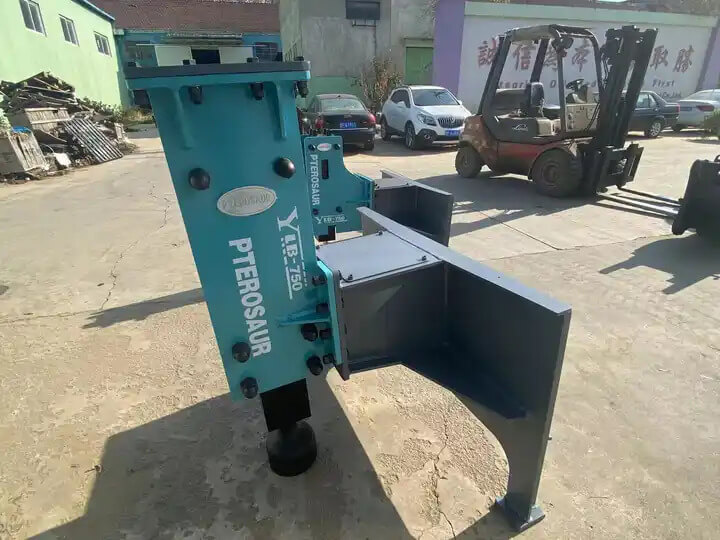Comprehensive Guide to JCB Hydraulic Breakers: Maintenance and Operation
If you own or operate JCB hydraulic breakers, understanding their maintenance and operation is crucial for ensuring safety and efficiency on the job site. This article provides a detailed overview of the JCB HM Range Medium and Large Hydraulic Breakers, including service manuals, operational guidelines, and essential maintenance tips.
Overview of JCB Hydraulic Breakers
JCB hydraulic breakers are designed for heavy-duty applications, making them a staple in construction and demolition. The HM range includes various models, such as the HM0T to HM380T, which are renowned for their durability and effectiveness in breaking rock and concrete. These breakers are categorized by the European Hydraulic Tool Manufacturers Association (EHTMA) as Category ‘C’ or ‘D’, allowing them to be used safely with compatible hydraulic power packs.
Importance of Proper Maintenance
Regular maintenance is essential for the performance and longevity of your JCB hydraulic breakers. Neglecting maintenance can lead to operational inefficiencies and safety hazards. Here are some key reasons to keep your equipment well-maintained:
- Safety: Regular checks and servicing help prevent accidents that could result in serious injuries.
- Performance: Proper maintenance ensures that your breaker operates at peak efficiency, reducing downtime and increasing productivity.
- Longevity: Routine maintenance can extend the lifespan of your equipment, saving you money on repairs and replacements.
Key Components of the Service Manual
The JCB HM380T Hydraulic Breaker Service Repair Manual is an invaluable resource for operators and technicians. It includes:
- Detailed Instructions: Step-by-step guidance for maintenance and repairs.
- Part Identification: Information on identifying parts and components for easy replacement.
- Safety Information: Essential safety protocols that must be followed during operation and maintenance.
- Troubleshooting: Common issues and solutions to keep your equipment running smoothly.
Setting Up Your JCB Breaker
Setting up a JCB breaker on a carrier machine requires precision to ensure optimal performance. Here are the steps to follow:
- Consult Your Dealer: Always have your JCB dealer set up the breaker on the carrier machine.
- Adjust Engine Speed: The correct hydraulic flow is set by adjusting the engine speed.
- Set Maximum Pressure: Use the auxiliary relief valve to set the maximum pressure. Be mindful of different auxiliary relief valves if your machine has two.
Recommended Maintenance Practices
- Use the Correct Hydraulic Oil: Always use JCB Special Hydraulic Oil (part no. 4002/0224). Ensure that the hydraulic oil is adequately cooled, with a temperature not exceeding 80°C (176°F).
- Regular Inspections: Conduct frequent inspections to check for wear and tear on hydraulic components.
- Torque Settings: Follow the recommended torque settings provided in the service manual when assembling parts.
- Training: Ensure that personnel performing maintenance have a solid understanding of workshop practices and safety procedures related to hydraulic equipment.
Conclusion
Maintaining JCB hydraulic breakers, such as the HM Range, is vital for safe and efficient operation. The service manuals provide extensive information on setup, maintenance, and troubleshooting. By adhering to regular maintenance schedules and consulting the service manual, operators can ensure that their hydraulic breakers perform optimally and safely.
For more detailed information, refer to the official service manuals available from JCB and your local dealer. Keeping your equipment well-maintained not only enhances performance but also contributes to a safer working environment.



































